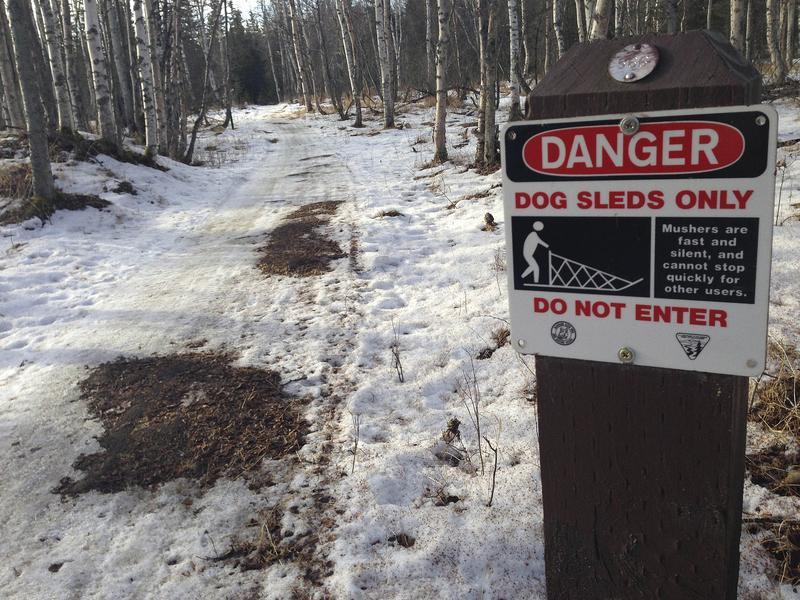This post may contain affiliate links. We may earn money or products from the highlighted keywords or companies or banners mentioned in this post.
March 6, 2015

Mark Thiessen, The Associated Press, March 6, 2015
ANCHORAGE, Alaska (AP) — Much of the start of the world's most famous sled dog race is covered in barren gravel, forcing Iditarod organizers to move the start further north where there is snow and ice.
A weather pattern that buried the eastern U.S. in snow has left Alaska fairly warm and relatively snow-free this winter, especially south of the Alaska Range.
The Iditarod Trail Sled Dog Race starts Saturday with a ceremonial run through Anchorage. But the official start two days later has been moved 225 miles (360 kilometers) north, over the Alaska Range, to Fairbanks to avoid the area that left many mushers bruised and bloodied last year. Iditarod officials said the conditions are worse this year.
The race's chief executive officer, Stan Hooley, called the conditions “pretty miserable.” And last year was no picnic.
One musher last year was taken out by a rescue helicopter after making it through the Dalzell Gorge only to hit his head on a tree stump in the Farewell Burn. Knocked unconscious for at least an hour, Scott Janssen got back on the trail after waking up. But shortly after, he broke his ankle while walking on ice trying to corral a loose dog.
This year's race will feature 78 mushers, including six former champions and 20 rookies. The winner is expected in Nome in about 10 days.
Alaskans can thank the jet stream, which has been delivering warm air from the Pacific, said Dave Snider, a meteorologist with the National Weather Service in Anchorage.
“That position of the jet has been pretty stagnant, or at least in the general same position for a long period of time. While that's allowing a lot of cold air to flow out of the Arctic into the Midwest and the eastern seaboard, we're locked into the warmer part of that pattern, and we've continued to see those warm pushes for a fairly long period over the winter,” he said.
Anchorage gets about 60 inches (150 centimeters) of snow in a normal year; this year only about 20 inches (50 centimeters) have fallen.
The new route, which puts mushers on river ice for about 600 miles (960 kilometers), could level the playing field.
“Nobody has a plan,” said race director Mark Nordman. “You're not going to be stopping and putting your snow hook into the same tree you had the last 20 years.”
Among the veterans in this year's race is the defending champion, Dallas Seavey.
The route change eliminates the mountainous terrain and treacherous gorge, but it could present mushers with a whole new set of problems with a flat trail on unpredictable river ice. Plus, because it's an entirely new route, mushers say they can't rely much on information, even something as simple as the distance between village checkpoints, provided by Iditarod officials.
By removing the Alaska Range, mushers may assume it will be a very fast race, Seavey said.
“Just because it's a flat trail does not mean your dogs can all of a sudden do 10 times what they've been able to do in the past,” said Seavey, a two-time champion. “I feel that is a trap that will catch a lot of people.”
This article was written by MARK THIESSEN from The Associated Press and was legally licensed through the NewsCred publisher network.
![]()
What do you think of this $type?











